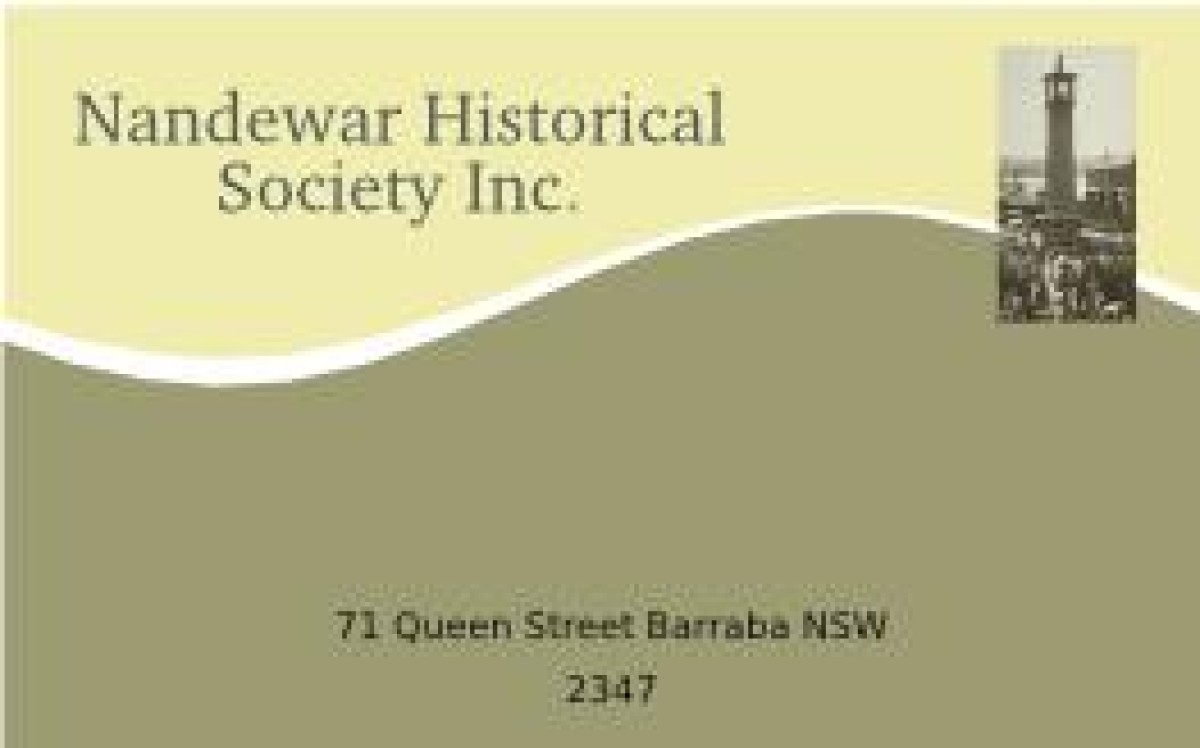History of Horton Village

History Notes
The notes last week on the Upper Horton village have raised some interest both about the school and the actual village history. We have an enquiry for a copy of the school centenary booklet published 42 years ago. It is a yellow coloured booklet with two photos on the cover - one depicts the early school building and the other a modern 1983 school. If anyone has a copy of this booklet that they no longer need, we have an Upper Horton descendant who would like it, just let the museum know or drop it in on a Friday morning.
The history of the Upper Horton village concerns almost the whole length of the Horton River from Kaputar to where it joins the Gwydir River near Elcombe. The river tends to be well known from where it enters the Horton Valley at the Horton Falls and winds down a widening valley, through miles of fertile slopes and plains to join the Gwydir on its way to the rich lands around Moree and beyond.
As mentioned last week, large areas of the Horton River plains were taken up by the early owners who paid managers to look after the stock. The Government Gazette in 1848 listed Currangandi, Pallal, Deradera, Rocky Creek, Ulumbarella, and Eulourie under names such as Cox, Lethbridge, Ogilvie, Pringle, Parnell but they rarely visited their property. It was in later years that families such as King, McDouall, Comber, Etheridge, Sharpe, Clayton, Carter, Caine, Spence, Goldthorpe and Jeffrey, began to appear in the old records and on the old maps.
These people needed the convenience of a village to supply food, mail etc. The roads out of the valley were very steep and rather dangerous - a trip to Barraba or Bingara in those early days also took many hours! The village started to be settled and there was great enthusiasm when the plan of the village was officially drawn up and a map produced - there were house blocks on both sides of the river and extending well beyond the present-day blocks!
It seems there was no actual cemetery at Upper Horton apart from the three now unmarked graves in a cultivation paddock. However, there are several private plots - the one beside the bridge being the most accessible and another just up the river in very real danger of falling into the river if it has not already done so.
